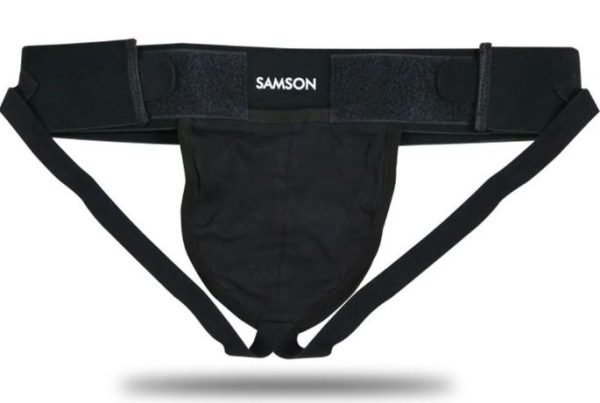Can you remember the last time you felt your muscles hurt? Whether you’re a professional athlete or never work out at all, you can surely jog your memory and conjure that tugging feeling in your mind. In the pursuit of a healthy and active lifestyle, it’s best to prevent injury before it becomes an issue. One often overlooked yet highly effective method is active stretching. Recent research published in the Journal of Applied Physiology corroborates the advantages of active stretching in muscle performance and injury reduction. Unlike its passive counterpart, active stretching engages muscles and joints dynamically, offering a range of scientifically-backed benefits that go beyond being able to touch your toes.
1. Flexibility and Range of Motion:
According to the Journal of Applied Physiology, active stretching contributes to long-term flexibility gains. It involves moving your muscles and joints through their full range of motion. This continual movement not only increases flexibility but also enhances your overall range of motion. This newfound flexibility can be a game-changer in preventing injuries, especially for athletes or weekend warriors engaging in various physical activities.
2. Improved Blood Circulation:
Engaging in active stretching stimulates blood flow to the muscles, promoting better circulation. Improved blood circulation means better nutrient delivery and waste removal from your muscles. This not only aids in recovery after a workout but also reduces the risk of muscle cramps and injuries.
Period cramps, on the other hand, are located in the lower abdomen and pelvis, where the uterus contracts to shed its lining during menstruation. These cramps are often accompanied by reduced blood flow, which can exacerbate pain. Gentle stretching and exercise targeting the lower body can sometimes help alleviate this discomfort by improving circulation in the affected areas.
3. A Well-Needed Warm-Up for Muscles:
Active stretching is an excellent warm-up routine. Instead of relying only on static stretches and basic exercises you could find on Instagram videos, incorporating dynamic movements helps raise your heart rate and body temperature, preparing your muscles for more intense physical activity. Warmed-up muscles are less prone to strains and tears, making active stretching a wonderful tool in injury prevention.
4. Increased Body Awareness:
Active stretching requires coordination and balance, which in turn creates a heightened sense of body awareness. Understanding how your body moves and feels can significantly reduce the risk of injury. As you become more attuned to your body’s signals, you can identify potential issues and address them before they escalate into more significant problems. We can view this as being “in tune” with your body and realizing which muscles are overworked.
5. Joint Stability and Strength:
Active stretching engages the muscles around joints, promoting stability and strength. This is particularly beneficial for preventing injuries related to joint instability, a common concern in activities like running, weightlifting, and team sports. Strengthening these supporting muscles through active stretching contributes to overall joint health.
6. Injury Prevention in Specific Sports:
Different sports place various demands on the body. Active stretching can be tailored to target the specific muscle groups used in a particular activity. For example, a tennis player might focus on stretches that enhance shoulder flexibility, while a runner may concentrate on the lower body. This specificity ensures that the muscles most vulnerable to injury during a specific activity are adequately prepared and conditioned.
7. Mental Preparation:
Beyond physical benefits, active stretching serves as a mental preparation tool. The rhythmic and deliberate movements can help calm the mind, reduce stress, and enhance focus. A mentally prepared athlete is less likely to make mistakes that could lead to injuries. Just like sounds are a way of conditioning your nervous system, certain movements help your brain understand that there is no danger in sight and that you can exercise safely.
The benefits of active stretching in injury prevention are quite multifaceted. Regardless of what stage you are in on your fitness journey, incorporating dynamic stretching into your routine can contribute to long-term health and well-being. So, flex those muscles, move with purpose, and safeguard your body against days lying in bed and taking painkillers.



